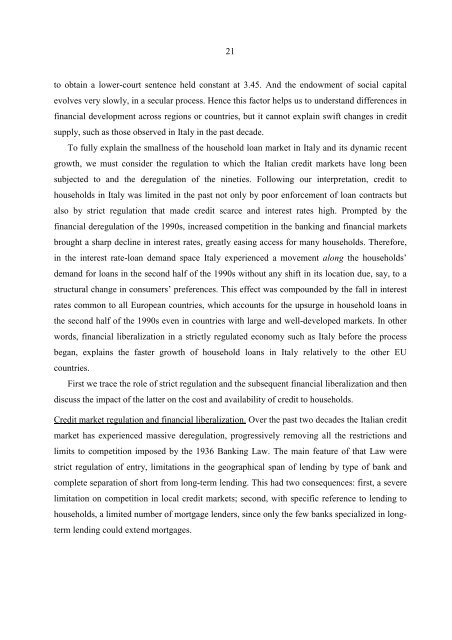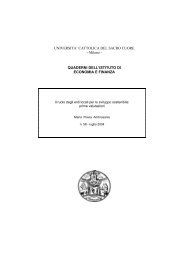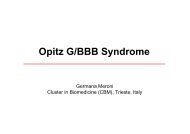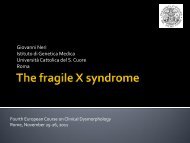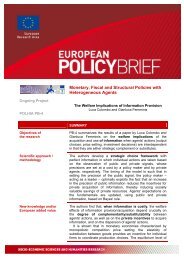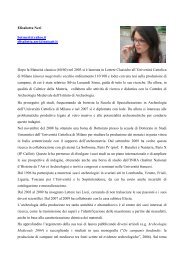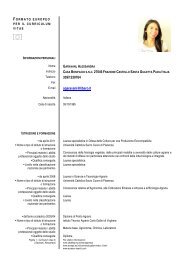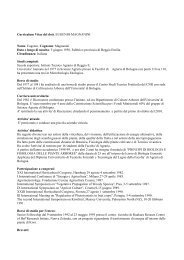REGULATION, FORMAL AND INFORMAL ... - ResearchGate
REGULATION, FORMAL AND INFORMAL ... - ResearchGate
REGULATION, FORMAL AND INFORMAL ... - ResearchGate
You also want an ePaper? Increase the reach of your titles
YUMPU automatically turns print PDFs into web optimized ePapers that Google loves.
21<br />
to obtain a lower-court sentence held constant at 3.45. And the endowment of social capital<br />
evolves very slowly, in a secular process. Hence this factor helps us to understand differences in<br />
financial development across regions or countries, but it cannot explain swift changes in credit<br />
supply, such as those observed in Italy in the past decade.<br />
To fully explain the smallness of the household loan market in Italy and its dynamic recent<br />
growth, we must consider the regulation to which the Italian credit markets have long been<br />
subjected to and the deregulation of the nineties. Following our interpretation, credit to<br />
households in Italy was limited in the past not only by poor enforcement of loan contracts but<br />
also by strict regulation that made credit scarce and interest rates high. Prompted by the<br />
financial deregulation of the 1990s, increased competition in the banking and financial markets<br />
brought a sharp decline in interest rates, greatly easing access for many households. Therefore,<br />
in the interest rate-loan demand space Italy experienced a movement along the households’<br />
demand for loans in the second half of the 1990s without any shift in its location due, say, to a<br />
structural change in consumers’ preferences. This effect was compounded by the fall in interest<br />
rates common to all European countries, which accounts for the upsurge in household loans in<br />
the second half of the 1990s even in countries with large and well-developed markets. In other<br />
words, financial liberalization in a strictly regulated economy such as Italy before the process<br />
began, explains the faster growth of household loans in Italy relatively to the other EU<br />
countries.<br />
First we trace the role of strict regulation and the subsequent financial liberalization and then<br />
discuss the impact of the latter on the cost and availability of credit to households.<br />
Credit market regulation and financial liberalization. Over the past two decades the Italian credit<br />
market has experienced massive deregulation, progressively removing all the restrictions and<br />
limits to competition imposed by the 1936 Banking Law. The main feature of that Law were<br />
strict regulation of entry, limitations in the geographical span of lending by type of bank and<br />
complete separation of short from long-term lending. This had two consequences: first, a severe<br />
limitation on competition in local credit markets; second, with specific reference to lending to<br />
households, a limited number of mortgage lenders, since only the few banks specialized in longterm<br />
lending could extend mortgages.


